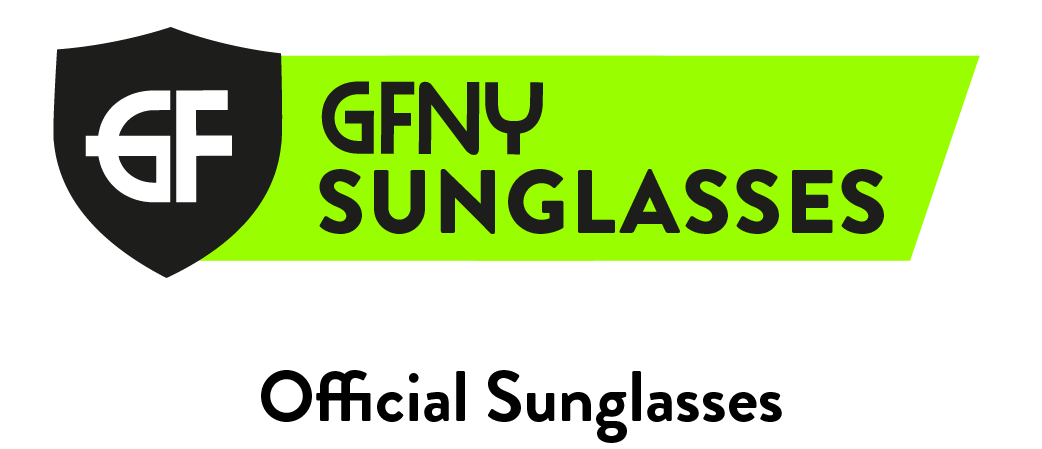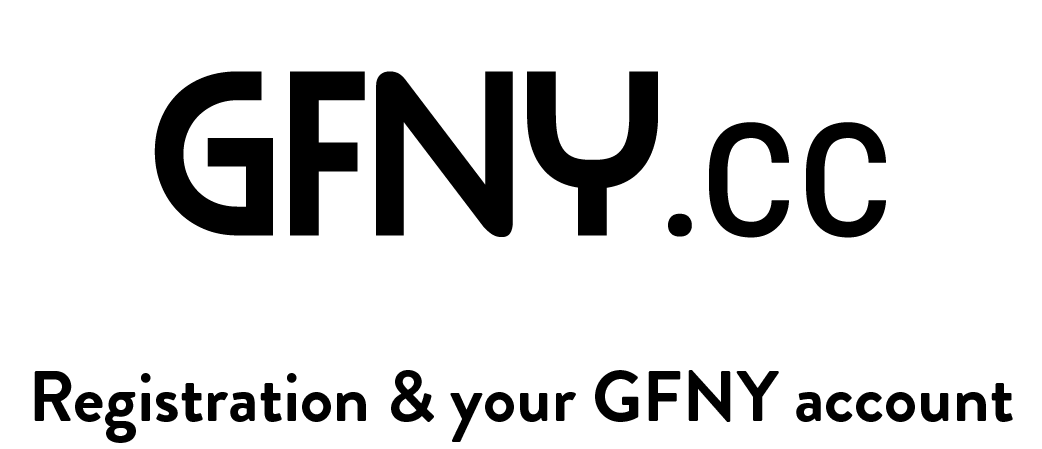A guide to racing the GFNY Championship NYC course, by the ride leaders and ambassadors that know it best.
by Chris Geiser
Let’s start here. This is a challenging day on the bike. If it was easy, it wouldn’t be worth doing. It would be another Sunday ride. It wouldn’t be “the third Sunday in May!” It wouldn’t be the GFNY World Championship NYC! Starting on the iconic George Washington Bridge, the course immediately climbs out of the Palisades and follows the Hudson River to where the roads kick up, along with the effort and focus required to match the challenge. The course itself has been called everything from challenging, to brilliant, to cruel, to cruelly genius. But, to know it, is to love it. For all the trepidation that you may have about the climbs, or Bear Mountain, or the wind in Haverstraw, there is no one part of it that represents the challenge. The challenge lies in the totality of the course itself.
So – how?
The good news is, there is precedent. There are thousands that have experienced the agony and the ecstasy of competing on this course. Some pro, some elite, some, just like you and me. All of us different but united in a push to leave everything they have on the course that third Sunday in May and be a part of something bigger than themselves. Some will ride in teams, some on their own. Some for the podium, some to qualify for next year, some to set a personal best, and some just to enjoy accomplishment of finishing the most cruelly brilliant granfondo course ever designed.
Then there is Gruppo Sportivo – GFNY (GS-GFNY). The Gruppo Sportivo are the ambassadors and ride leaders of GFNY. Every Sunday from December to race day, they lead the group rides that show new and experienced GFNY riders the course, while building base miles, creating a safe atmosphere and sharing some inside scoops, tips, and tricks for how to tackle GFNY on race day. We caught up with GS-GFNY and asked for some of those tips and tricks. After all, who would know the course better.
They first key is preparation.
How Does the GS-GFNY Prepare for Race Day?
It’s no secret that training is the key to racing, the process is key to the outcome, and your identity as a GFNY racer is the key to embracing the process. GS-GFNY member Vito Valentini has generously provided us with two training plans that appear at the end of this article. The pattern you will see is consistency and purpose. Rather than creating an unsustainable push to race day, taking the smart training approach in the final twelve weeks will pay dividends on the third Sunday in May. Your consistency will provide your identity as a GFNY racer, the process will build the outcome, and you will own the outcome, by leaving it all out there on race day. As Vito often says, “believe in yourself, believe in your training.” Owning this concept is never more important than it is on race day. Vito adds, that he gets outside as often as possible, “but I will wait until the weather is helpful. Safety and effectiveness is better than performance. I would rather be safe and do a 50-minute ride indoors, than go out in the dark and hit an ice spot I can’t see.”
The clear balance between staying safe during the cold and potentially icy weeks remaining in most of the Northern Hemisphere, and maintaining your preparedness is a critical factor in your success. Bottom line, be safe, have fun, and train with a purpose. (Training plans from Vito Valentini are included as part of this article, and will help you get from “couch to the Bear 50, or from the Bear 50 to the full Gran Fondo”.

Adrienne Carey
No gaps in overall training throughout the year helps. Never going more than a week without riding three to four times a week. And during peak training four times a week. The peak training times are more focused leading up to GFNY. I use a smart trainer indoors, and then do the long rides on Sunday. Then there is cross training in between with running and weights. The weights I do at least twice a week but should be doing 3x a week. The running helps with my endurance and my overall fitness. I used to be a runner, but that helped me to transition to cycling. Trust your training, what you put in is what you get out.
It doesn’t matter if you have been a competitive athlete in the past. What matters today is making it work for you, now. I’m like many of you trying to find consistent saddle time and so it comes down to a few tactics: ride at least 200km a week, drop a few pounds and build muscular strength through the winter. For those of you riding with us during the Sunday training rides you’ll see me grinding away in my 53, and during the climbs my rpms hover between 60 to 65. I’m old school and it suits my riding style; remnants from childhood riding with my Italian brothers in Toronto.
Basically, I try to do a 40 minute, quality ride on Monday morning. I also try to get some intervals in on Tuesday and Wednesday. Getting 30-40 miles on Thursday morning, and 50-70 miles on a Friday. I try to go all out on the Thursday ride. Do the 40 miles, with good speed and good cadence, and focus on keeping those rides short and quick, but giving 110% so that I can develop the stamina for the longer rides. So on the Friday ride, it gives me the opportunity to see how I feel with 24 hours recovery, and see how I can replicate what I did in those 30-40 miles. If I think “today I feel as good as yesterday, let me push a little more”, if I can do that without bonking out, I am doing well.

Jared Skolnick
This year, to lead the group riders, I have got to be a consistent B rider – where in the past I have had to be a B- or a C-rider. That has been some of my winter motivation for getting up early and getting on the trainer. I don’t like the cold, and if you think of the trainer as a positive thing, it starts to become something I look forward to. I know that if I am training in a structured way, and I have electronic music that gets me moving, and motivates me. I am not as focused on training as I am on riding. Then on the group rides, I can go out and ride and enjoy it and be more social with it.
Starting in 2016, because of our studio, I had a lot more consistency in training. That took me from being a 9.5-hour finisher to being a 7 hour finisher. And it felt like an easy 7 hours. My plan for the next 13 weeks, will be 3 on take a day off, ride 2 and take a day off. The Sunday rides, I am not focused on my own training, so more focused on the group, but the kilometers ridden definitely factor into the training. The other four days will be focused on building strength, with some interval training/indoor work. That’s been helpful. As the weather breaks, naturally, Saturday will become a long ride day, or if I have an opportunity to get out in the morning I will.
I am always looking for chances to ride with faster riders to keep my preparation going. In addition to leading the A Group on the Sunday group rides, I look to find races on other days that keep me riding with others that push me to ride faster. GFNY Training is hard and telling me, right now, I’m not ready for long distance races. It is always a big inspiration and the training can be suffering. Training gives me opportunities to think of how to eat properly. First and foremost, GFNY was the inspiration for me to resume cycling again seriously.
My training plan starts with the GFNY group rides. Though riding 1 day a week may be enough to finish GFNY ahead of the End of Racecar. It’s not enough to finish strong and beat last years’ time. My plan is 3 days a week on the trainer for about an hour. I plan 3 so If something comes up and I must skip a day I still get in enough work for the week. Saturdays I’m outside weather permitting otherwise I’ll be simulating part of the course on the trainer. When March rolls around I try to cut the upper section of the course into 40-mile blocks and ride each block at least twice before GFNY. This gives me a chance to focus on each climb and develop a plan.
The GS-GFNY all ride at varying levels, have various levels of experience that range from former professional, elite amateur, licensed coaches, all-around competitors, and those that are just plain passionate about cycling. The common thread in their preparation is consistency. Find that thing that motivates you to train and do it! Whether using a trainer, getting outside when you can, and especially joining the GFNY Group Rides (or group/club rides if you are outside of New York), will help you build the fitness and the mental endurance that you will need on race day. As the weather gets warmer, the length of your rides should increase, so that you are beginning to get used to the time required in the saddle. If you don’t have climbs where you are, find the winds to challenge yourself, but no matter how you train, do it consistently, and with a purpose – and do it because you love cycling.
Editor’s Take: My own training includes 4-5 days of intervals per week and two longer rides on the weekend, being sure to work in a good amount of climbing. Finding local climbs, and alternating time in and out of the saddle. There are three days of strength training each week to ensure that I am keeping my core strong, and as others in the GS-GFNY have noted, that strength will pay you back on race day as you vary your position on the bike and require good mobility.



